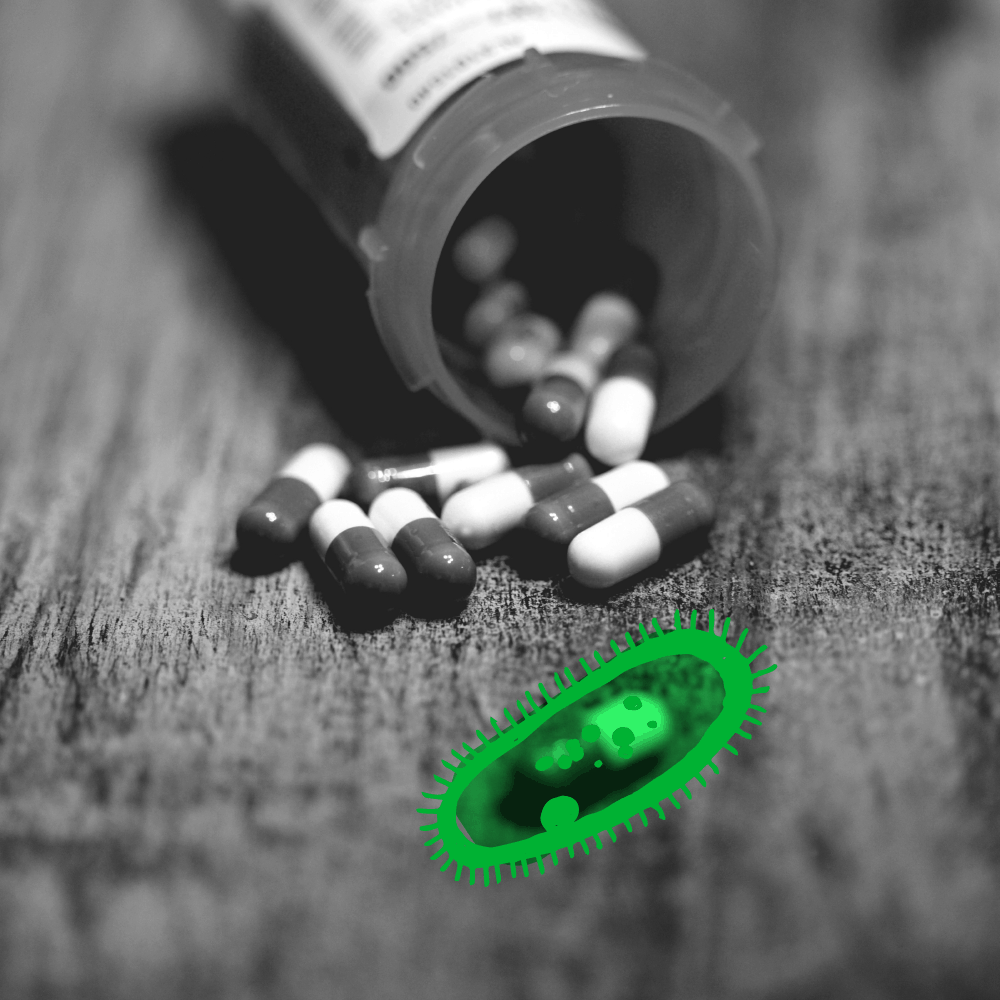Since the discovery of penicillin in 1928, antimicrobial drugs have been instrumental in fighting infectious diseases and preventing millions of deaths. However, following their common use, antimicrobial resistance is on the rise and scientists are now looking for new ways to treat infectious diseases. The answer may be lying within us, specifically our microbiomes.
Our microbiomes are made up of many different microbial species. Some species live harmoniously alongside each other, whilst others compete with each other for sparse resources. By analysing these interactions, scientists are discovering which species could be used as antimicrobials in the future.
Researchers from Princeton University are combining a new computational algorithm with synthetic biology to study the biologically-active small molecules encoded directly in human microbiome-derived metagenomic sequencing data. They found that members of a clinically used class of molecules are widely encoded in the human microbiome, and that they exert potent antibacterial activities against neighbouring microbes (1).
So, maybe your microbiome is harbouring the next class of antimicrobial drugs.

References:
[1] https://medicalxpress.com/news/2019-10-microbiome-untapped-source-antimicrobials.html